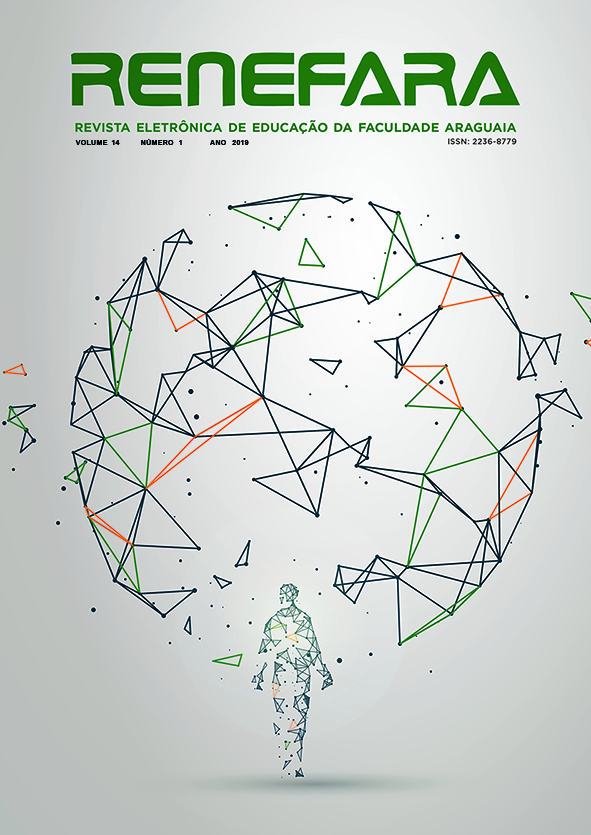LITERARY REVIEW OF BIOLOGY AND CONSERVATION OF Giraffa sp.
Abstract
Biodiversity is vulnerable by anthropogenic action in the ecosystem, so organs perform population studies that characterize the conservation status of species in order to delay their extinction. Since IUCN is one of these institutions, it cites Giraffa camelorpadalis as vulnerable. The decline of this population occurs for several factors, so animal welfare can prolong the life of these species in captivity, as well as conservation actions. For this purpose, a bibliographic search was performed using database search tools through key words. Alerts on the disappearance of species and habitats were emitted as a consequence mainly by anthropic action causing extinction on biodiversity. Studies using giraffes are little found, due to the difficulty found by researchers, due to the size of the animal, in this way the study techniques should be improved, as well as the maintenance of these animals in captivity. The difficulty also in captivity is due to the stereotyped behavior of these animals, so that observation is a way to identify these behavior and create, therefore, captive enrichment actions in an attempt to create a welfare of these animals. Could be concluded that further studies should be performed with the rotated either in nature, despite the difficulties, either in captivity in an attempt to increase the reproduction of this species or remove this animal from the list of endangered species, enrichment activities of captivity are carried out in zoos bringing an animal welfare and consequently the perpetuation of this species.
Downloads
Published
Issue
Section
License
The copyright of the published articles will be transferred to the Uniaaraguaia Magazine, allowing its subsequent reproduction as transcription and with due citation of source. In the event of acceptance and before the publication of the article, the plaintiff (s) shall write a statement formally transferring copyright to the magazine.
The author may also print and distribute copies of his article, provided that he mentions that the rights belong to the Uniaaraguaia Magazine.
Author rights include the right to reproduce in full or partly by any means, distribute this article, including figures and photographs.
By submitting originals to the Uniaaraguaia magazine, the author or authors express agreement with the following terms:
a) Authors maintain copyright and grant Uniaraguaia magazine the right of first publication, with the work simultaneously licensed under the Creative Commons Attribution license that allows the sharing of work with recognition of the authorship and initial publication in this magazine.
b) Authors are authorized to assume additional contracts separately, for non-expiration distribution of the work version published in this magazine (eg publish in institutional repository or as book chapter), with recognition of authorship and initial publication in this journal.
c) Authors are allowed and are encouraged to publish and distribute their work online (eg in institutional repositories or on their personal page) to any point before or during the editorial process, as this can generate productive changes as well as increase the impact and citation of published work.

